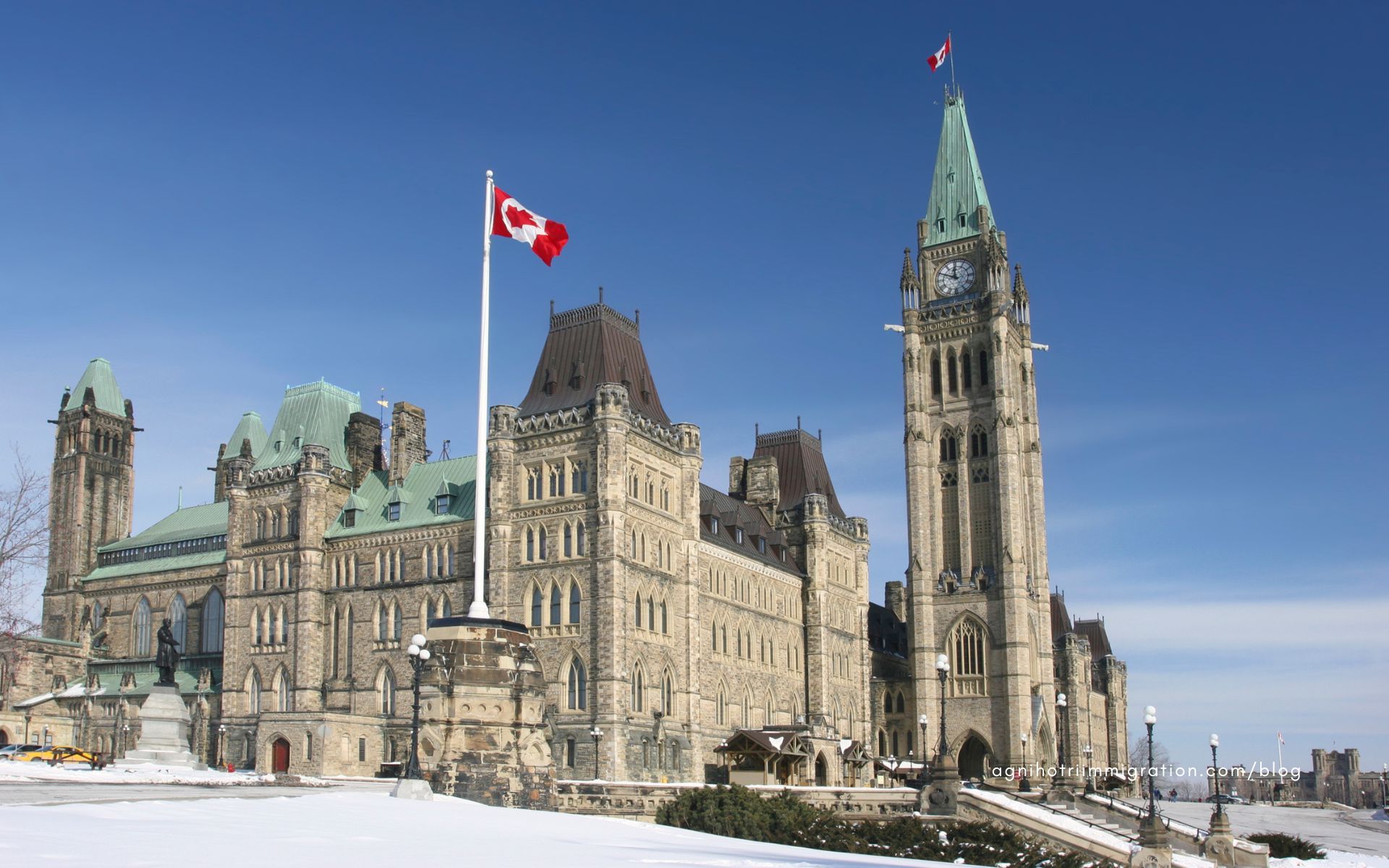In a significant cabinet appointment following the Liberal Party’s recent federal election victory, Prime Minister Mark Carney has named Lena Metlege Diab as the new Minister of Immigration, Refugees and Citizenship Canada (IRCC). Diab succeeds Rachel Bendayan, who briefly held the role after replacing Marc Miller earlier in 2025.
A Seasoned Leader with Proven Immigration Expertise
The Honourable Lena Metlege Diab – Member of Parliament for Halifax West, brings to the federal cabinet a distinguished record of public service and legal acumen. Her appointment is widely regarded as a return to experienced leadership on Canada’s immigration file, particularly given her tenure as Nova Scotia’s Minister of Immigration from 2013 to 2021.
During her time in provincial office, Diab played a transformative role in reshaping Nova Scotia’s immigration strategy. Under her leadership, the province launched several innovative immigration streams—including entrepreneur-focused pathways and Express Entry-aligned programs—contributing to record levels of permanent resident nominations.
Diab also concurrently held key portfolios in Nova Scotia, including Minister of Acadian Affairs and Francophonie, and Minister of Labour and Advanced Education. She made history as the first woman of Lebanese descent elected to a Canadian legislature and the first woman to serve as Attorney General and Minister of Justice in Nova Scotia.
Background and Community Engagement
Born and raised in Halifax to Lebanese immigrant parents, Diab is trilingual in English, French, and Arabic. She holds degrees in commerce and law from Saint Mary’s University and Dalhousie University, and has practiced law and operated a small business in Halifax prior to her political career. She has also been deeply engaged in community leadership, having served seven terms as president of the Canadian-Lebanon Society of Halifax—the first woman to hold the position.
Her professional and personal journey reflects a longstanding commitment to values of diversity, inclusion, collaboration, and fairness—principles she has consistently championed in her public life.
Policy Direction Under Prime Minister Mark Carney
Prime Minister Mark Carney has indicated a recalibrated approach to immigration, emphasizing the need to balance economic growth with sustainable immigration levels. While Diab’s specific ministerial mandate has yet to be published, the government is expected to focus on:
-
Moderating the scale of permanent immigration targets to sustainable levels
-
Enhancing economic immigration programs
-
Increasing Francophone immigration outside of Quebec
-
Addressing the volume and policy complexity surrounding temporary residents
What to Expect from Diab’s Tenure
While sweeping policy reforms are unlikely in the immediate term, Diab is expected to adopt a strategic, evidence-based approach in managing Canada’s immigration system. Potential areas of focus under her leadership may include:
-
Strengthening pathways to permanent residence for temporary residents
-
Enhancing support for French-speaking immigrants, particularly in underrepresented regions
-
Reviewing and refining international student programs and post-graduate work permit policies
-
Improving regulatory frameworks for post-secondary institutions enrolling international students
Implications for International Students
The international education sector has recently experienced significant changes, including study permit caps and limitations on post-graduate work permits. While Diab has yet to make public statements on these reforms, observers anticipate a cautious continuation of oversight measures introduced by her predecessors, with possible adjustments aimed at greater fairness and system integrity.
A Period of Stability and Strategic Evolution
Minister Diab’s appointment is seen as a stabilizing move at a pivotal time for Canadian immigration. With a federal election on the horizon, the emphasis is likely to remain on policy refinement rather than broad transformation. Her extensive experience and nuanced understanding of both provincial and federal systems position her to lead the department with clarity, professionalism, and a commitment to serving both newcomers and the Canadian public.
For more updates and expert insights on Canadian immigration policy, follow Agnihotri Immigration Consulting or visit www.canada.ca.









